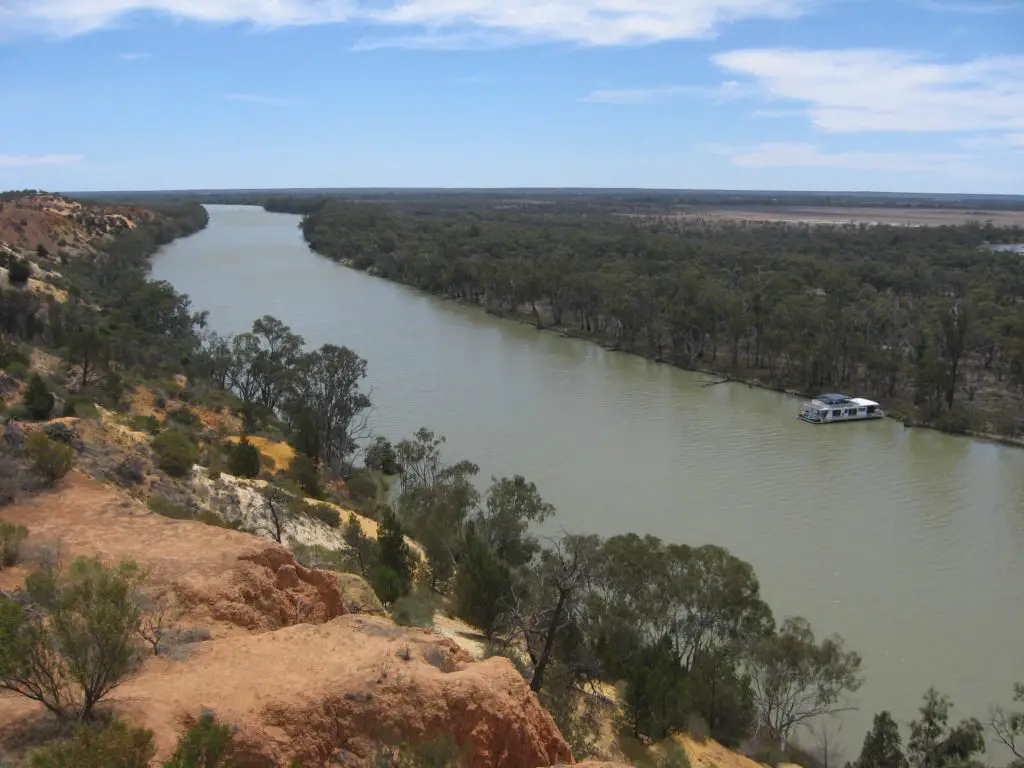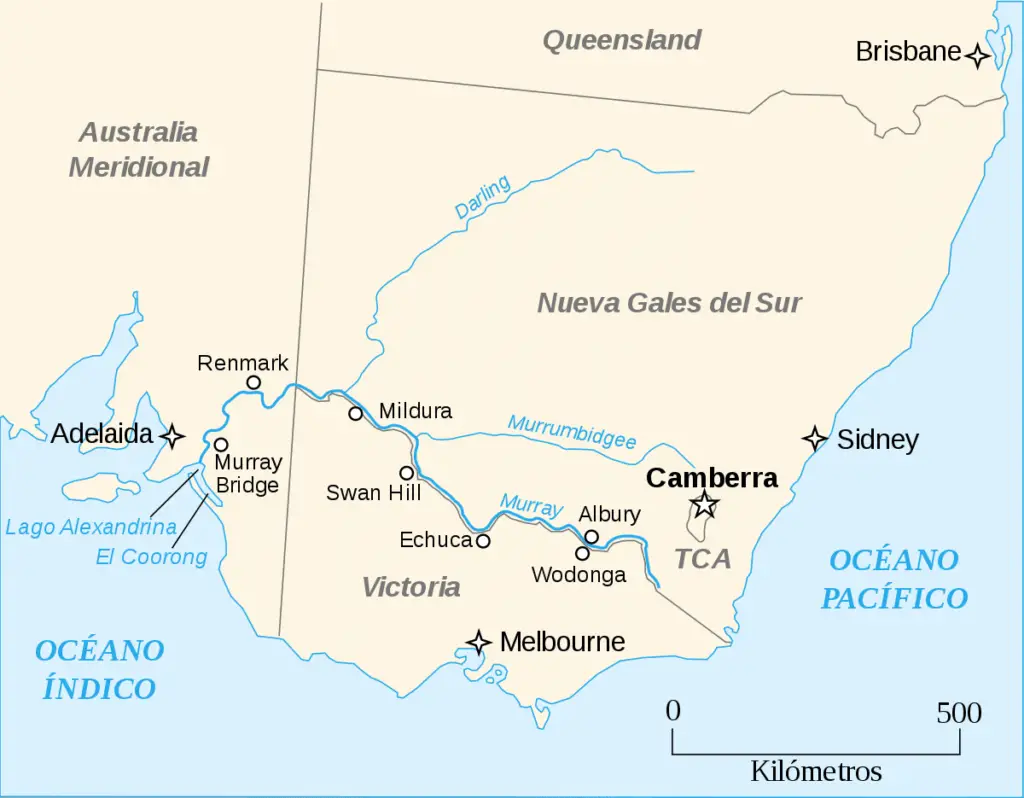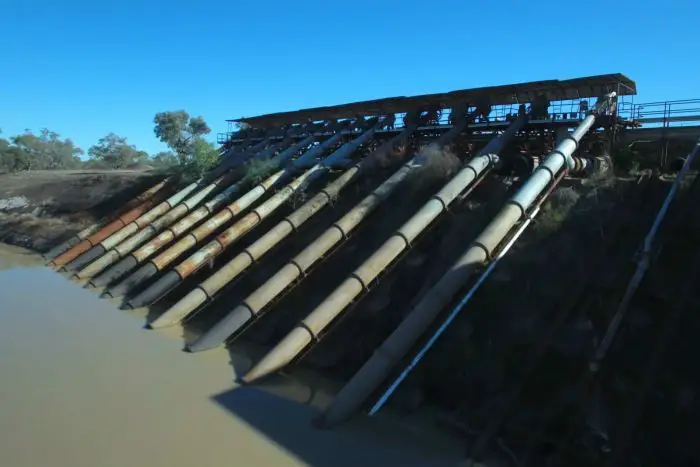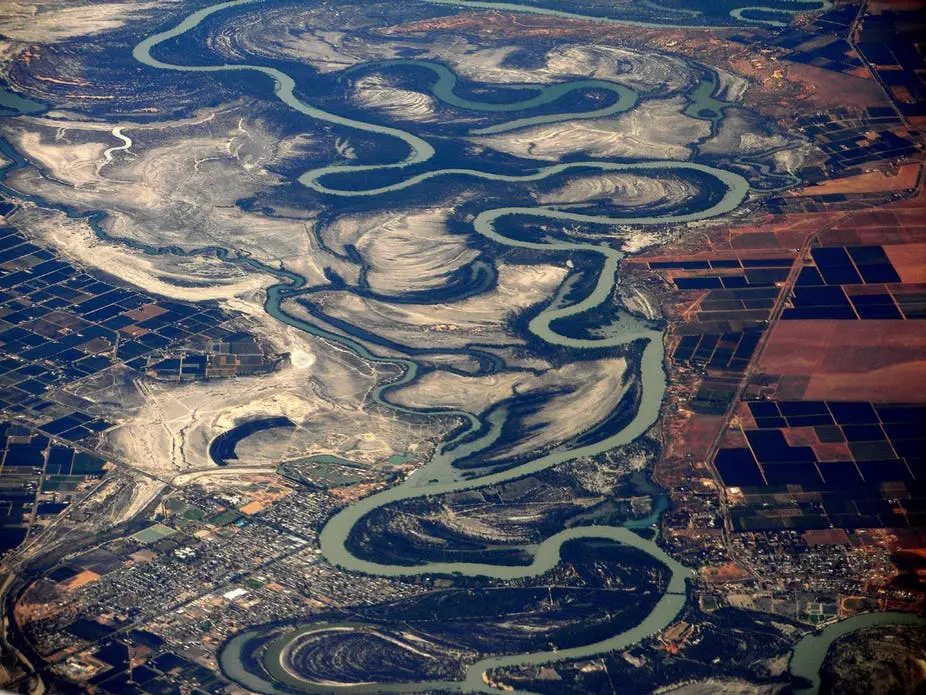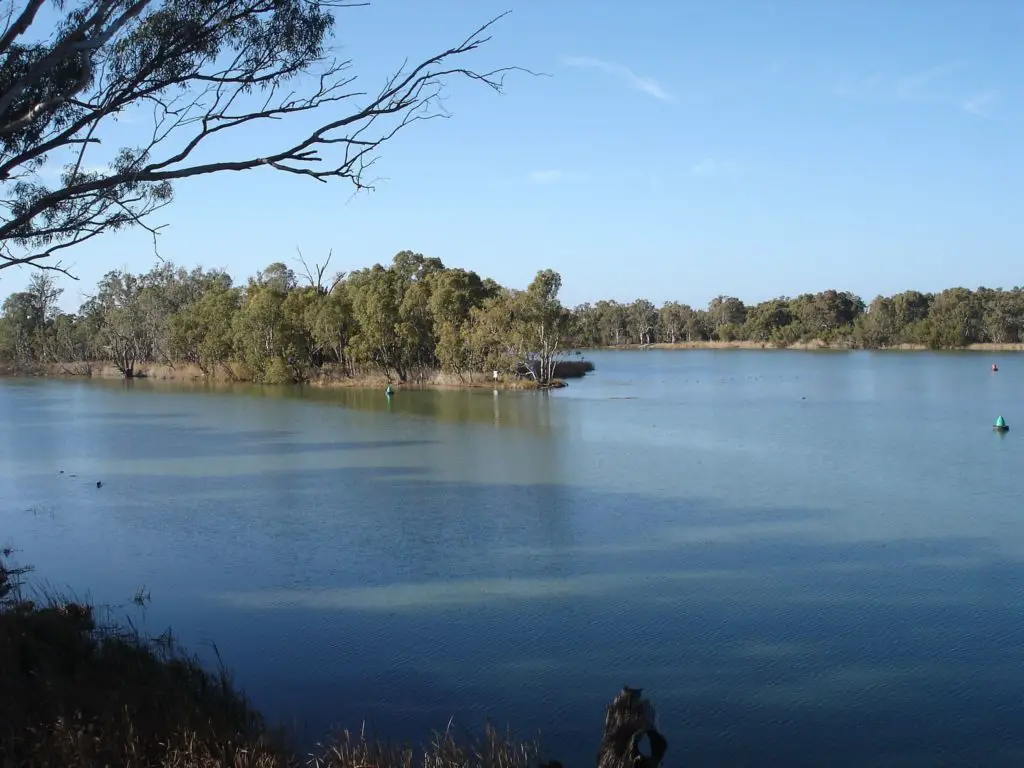Last Updated on September 29, 2023 by Hernan Gimenez
The Darling River is one of Australia’s longest rivers. You’ll be amazed by all the wonders it has to offer along the way.
Indice De Contenido
Map of the Darling River
The Darling River is located in Australia, in the state of New South Wales. It is part of the Murray River basin. With a length of 1,472 km, the Darling River originates at the confluence of the Culgoa and Barwon Rivers, which are rivers flowing from the Queensland Mountains in the south, and flows into the Murray River.
The Darling River is the longest river in Australia. It flows from New South Wales in the north and joins the Murray River at Wentworth.
The Darling River collects the waters of all of New South Wales west of the Great Dividing Range, most of northern Victoria, southern Queensland and part of South Australia.
The Darling and Murray Rivers form one of the largest river basins in the world, draining about one-seventh of Australia’s land area. The basin is located in the south-eastern hinterland of Australia and is of great importance to the agricultural sector.
The Basin covers an area of approximately 1,061,469 km2 and is mostly flat and low lying with low rainfall in the interior. Water is generally supplied by lakes, which are slow to recharge.
Another important fact is the presence of more than 30,000 wetlands, 11 of which are protected under the Ramsar classification.
Waterworks on the Darling River
The Darling River is fed by water from the high mountains to the east, which flows west and then south. These waters are now diverted for drinking and irrigation (see Amur River) due to the construction of waterworks since 1890.
Along the Darling River there are several waterworks, including 4 reservoirs, 14 structures useful for blocking and spilling water, and 5 coastal barriers created to intercept water from the Darling and Murray Rivers.
Water from the Darling River and the other rivers that make up the Murray Basin is used for 95% agricultural purposes, with rice and cotton being the most important crops (see Balsas River).
Other cereal crops include barley, oats and maize; fruit crops include apples, bananas, grapes, oranges, pears, pineapples, papayas and grapes for wine production, as well as apricots, oranges and peaches.
Tributaries of the Darling River
The major tributaries of the Darling River are the Lachlan River (1,440 km), the Warrego River (1,380 km) and the Paroo River (1,210 km). Other tributaries include the Macquarie River (960 km), Namoi River (708 km), Barwon River (700 km) and Condamine River (657 km).
Wildlife
Wildlife present in the Darling River include blue-tongued skink, water python, kangaroo, platypus, bold eagle, pintail duck, black swan, Australian stick insect. In terms of fish you will see the southern spotted purple goby, Murray hardyhead, southern pygmy perch, Murray cod, golden perch, trout and crayfish. It should be noted that the water of the Darling River is freshwater.
Pollution in the Darling River
The water quality of the Darling River has deteriorated in recent years due to agricultural, industrial and human activities and pollution in the river’s vicinity. Sediments, nutrients, toxins, suspended solids, iron and salts are discharged into the Darling River on a daily basis, along with the proliferation of harmful aquatic weeds and the introduction of non-native fish such as carp, which are threatening endemic species. (See Ulua River).
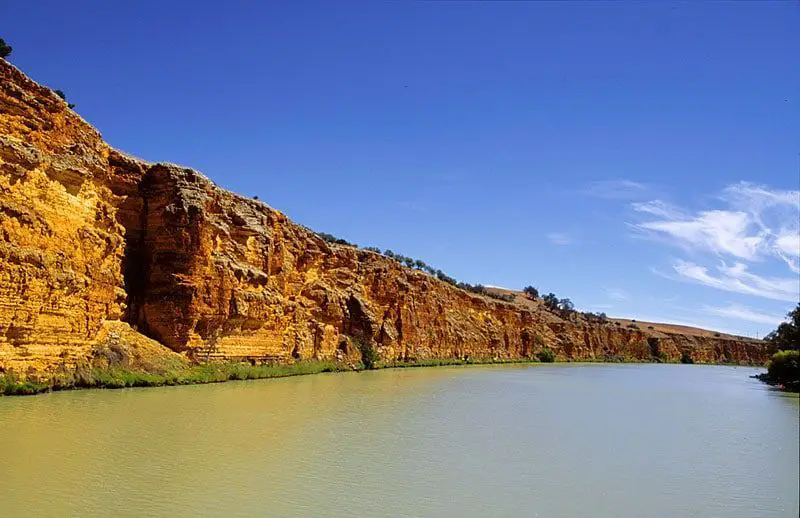
Other factors contributing to the low water supply are high temperatures and severe droughts that evaporate water, low rainfall and water seepage.
As a result, the Murray River fills its estuary with sand, salinising coastal lakes and weakening ecosystems.

